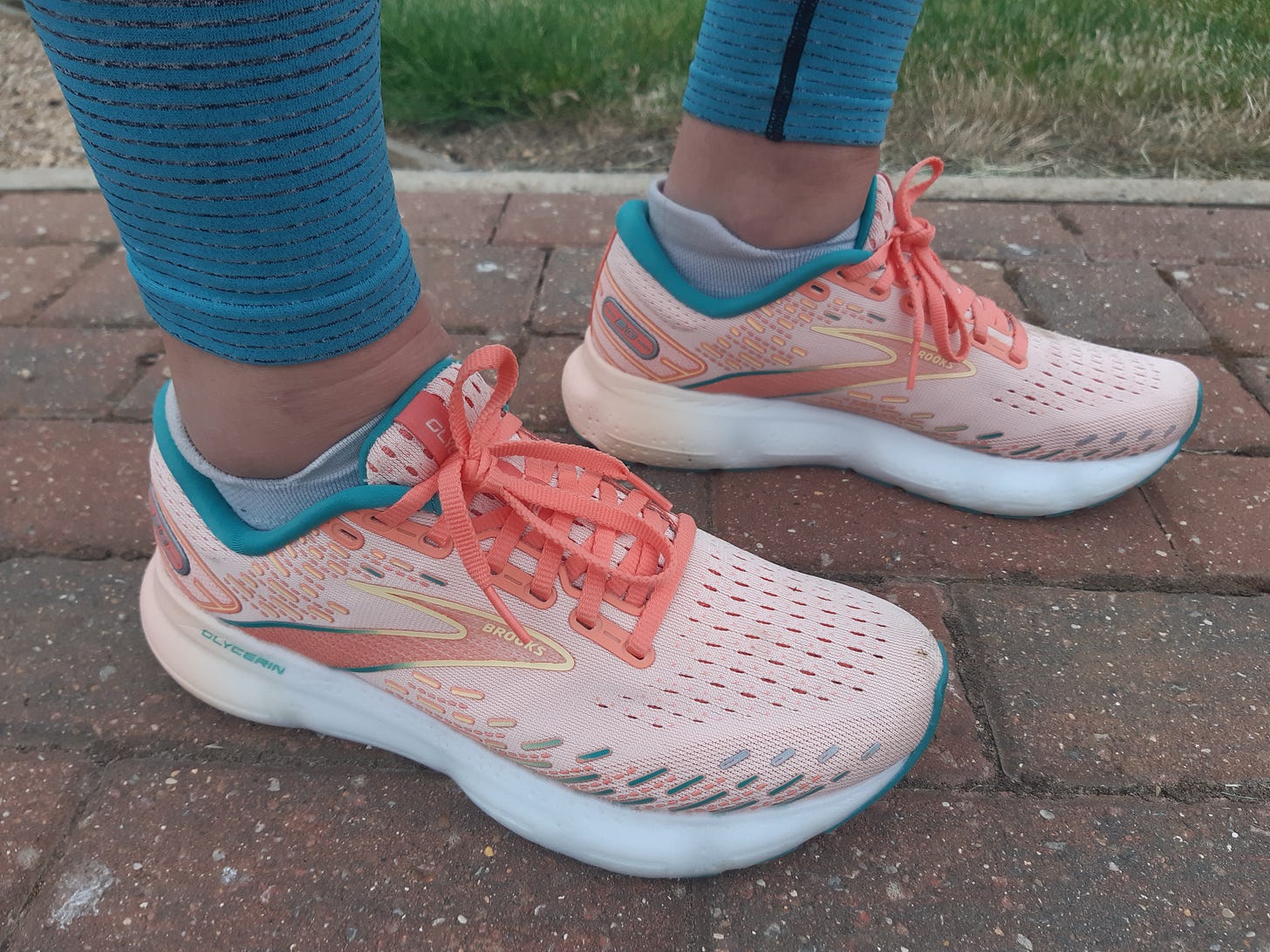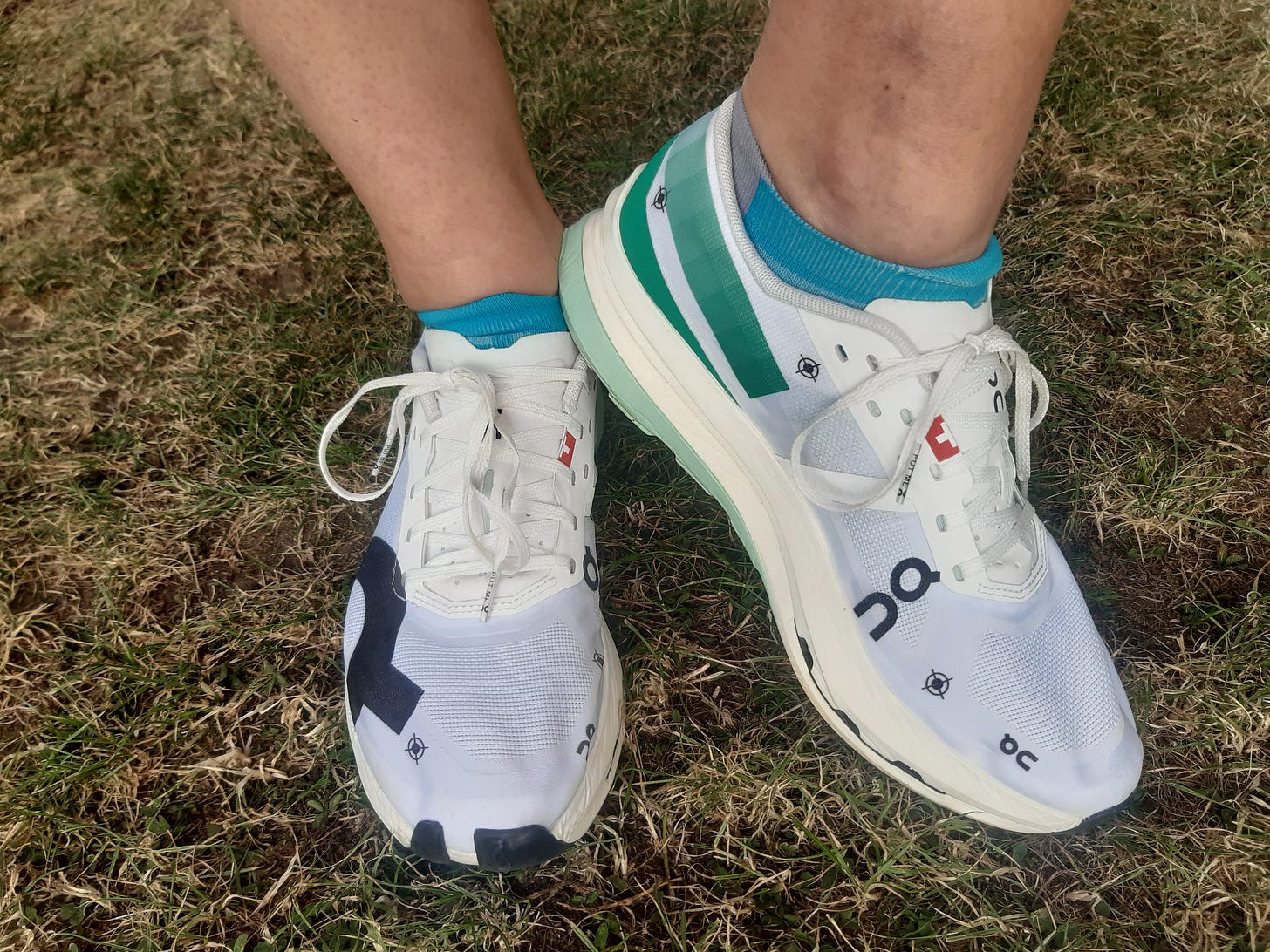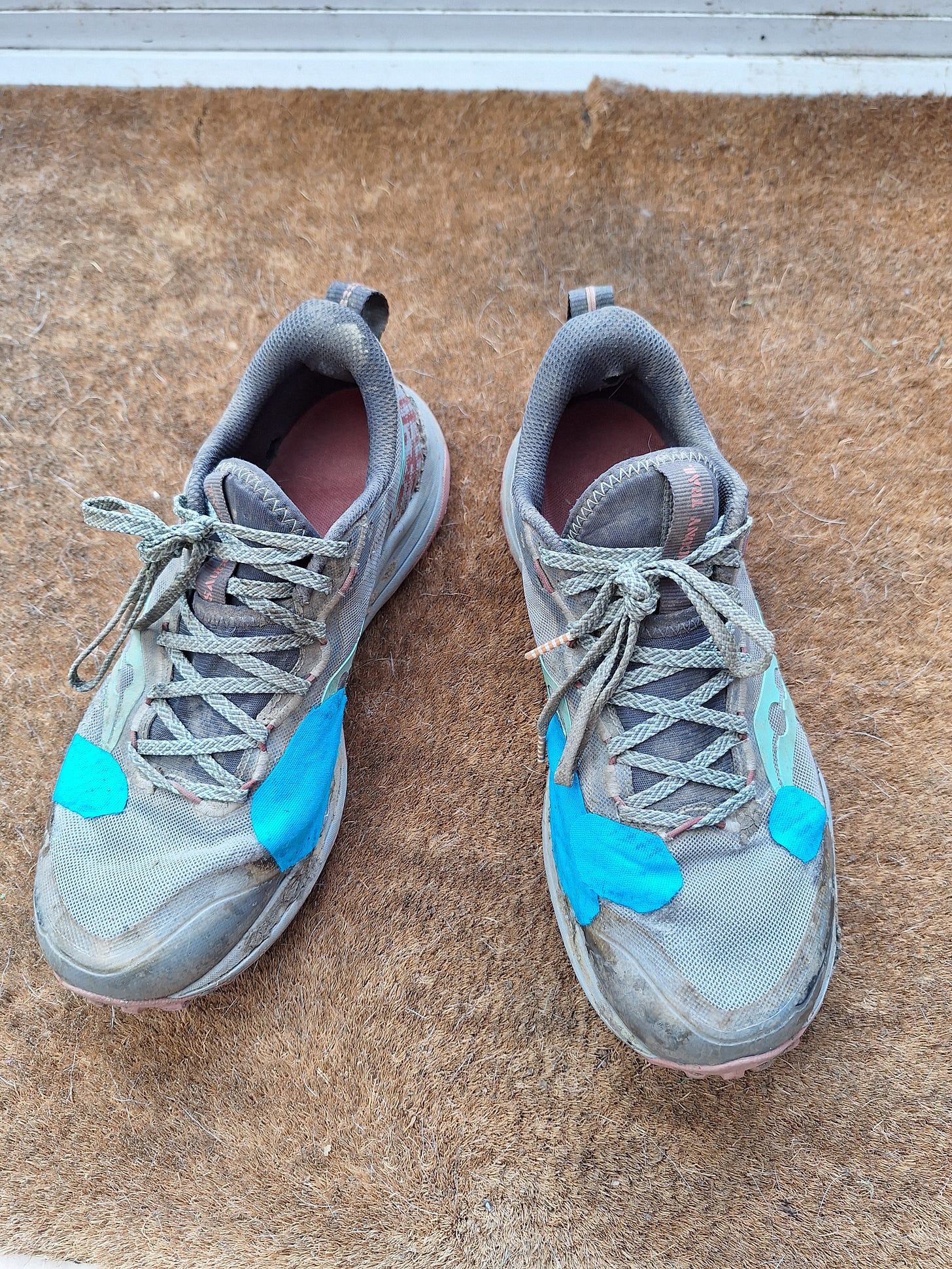
The question I get asked most by the female runners I coach is “what running shoe should I buy?” When I first started coaching five years ago I would recommend the running shoes I wore, because I knew they were tried and tested, and I liked them.
But today my answer is frustratingly vague. “It depends” is what I usually say, followed by some pointers on what they should be looking for.
The problem is running shoes are BIG business and as such there is a LOT of marketing baloney surrounding them. Brands also like to jump on trends whether it’s barefoot running trainers, stability shoes or carbon plates which can bamboozle customers unnecessarily. Sportswear companies and retailers will often refer to statistics and studies which demonstrate that a particular shoe makes you run faster or helps to prevent injury.
And then there are the claims that you should replace your shoes every 500 miles before it becomes so degraded that you must replace it before you inevitably become injured. Again, marketing BS. When you dig into the science, it is pretty scant and most of the claims are simply there to sell more shoes.
Lingo bingo
The other problem with selecting a suitable running shoe is that the language surrounding them can be incredibly technical. It’s almost as if brands want to overwhelm you with words plucked from a random vocabulary machine. Atomknit upper, motionwrap technology, geometric midsole, PWRRUN+ foam, gripwalk binding system. The obfuscation of running shoes is rife.
The best approach is a simple one. My top tip would be to shop in person, rather than online, and ask whether it’s a cushioned shoe for easy runs, a fast shoe for racing or a grippy shoe for trails.
Also ensure you get a shoe fitted properly. I’ve written a comprehensive guide on how to fit a running shoe here. The basics are a) Take out the insole and stand on it to see how much room you have, b) go at least a half size up, c) relace the shoes and d) get a decent pair of running socks.

Get comfortable
As a freelance journalist I have spent many hours speaking to sports scientists about whether running shoes can do all the things the marketing spiel claims. And what I have heard time and again is that comfort is key. Get a running shoe that is comfortable and don’t replace it until it isn’t comfortable anymore. Don’t switch to something different just because you are told you run in a certain way. If it ain’t broke, don’t fix it. And if it is broke, just patch it (Pair Ups do great repair kits).
The only way to tell if a shoe is comfy is to try it on first. Which is why buying online is tricky. Even if you get the same shoe as before if it isn’t exactly the same model it will fit differently. It’s much better to go to a running shoe shop, try on different models and test them out on the treadmill. Opt for an independent store where you can haggle for money off or some free socks.
But be weary of gait analysis (more below). I had an athlete who went to a recommended running shop only to be told that she ran a certain way and therefore needed a particular type of shoe. It was a very different shoe to what she normally ran in (and found comfortable) and she ended up getting pains she never had before. She subsequently went back to her original shoe type and has had no problems since.
Pronation-gate
We all pronate as we run. We’re supposed to. It’s a natural biomechanical movement to propel us forward as we walk or run. But in recent years runners have been sold the idea that they under or over pronate and therefore need a stability / supination / motion control shoe or an overpronation / support shoe. These have additional support in different parts of the shoe, sometimes via something known as a medial post.
If you have a neutral gait meaning you simply pronate as expected (with no rolling inwards or outwards) then you’re in luck! You probably won’t be pushed towards a special type of support shoe. I’ve written more about neutral running shoes here.
Again the science on all of this is pretty sketchy. There is no strong evidence that having more support in a shoe prevents injury. But there’s no harm in trying, right? Well not necessarily, because wearing a shoe because you think it will prevent injury, rather than one that is comfortable, could lead to other problems (and injuries).
As with all sports science it’s complicated. A leading 2013 study of novice runners wearing neutral shoes dismissed the belief that moderate foot pronation is associated with an increased risk of injury. In another study in 2010 it was suggested that 'our current approach of prescribing in-shoe pronation control systems on the basis of foot type is overly simplistic and potentially injurious'.
More recent research is still contradictory. A 2016 study in the British Journal of Sports Medicine found injury risk is lower for overpronators wearing motion control shoes. But the same year research published in Sports Orthopaedics and Traumatology concluded that cushioning is not protective against running-related injuries.
So my advice is always to take a gait analysis with a large pinch of salt and choose a shoe that feels comfortable.
Trail blazers
When it comes to running offroad this is where I would advise thinking about more than just comfort. Trail shoes have a different grip on the sole to road shoes which is vital if you are running on rocky terrain, muddy fields or through wet grassland. The lugs (grips) on the bottom of the shoe vary in depth and pattern, making some excellent for gripping mud whilst others are designed for sticking to rock. Then there are hybrid road to trail shoes which have enough grip for hard pack paths through a wood or along a canal, but they also don’t batter your legs when running on roads (which some hardcore trail shoes can do).
Trail shoes tend to have a lower ‘drop’ which means your feet don’t sit too deep, enabling your ankles to twist and turn more easily over uneven terrain. Whilst road shoes can have lots of cushioning, trail shoes tend to be more responsive with less softness underfoot so you can feel and respond to the ground beneath you.
The key thing is to think about is the type of trail running you are likely to be doing. Do you need a durable, comfortable all rounder or something that can cope with ankle deep mud? There is a trail shoe for pretty much any type of terrain and unfortunately there is no holy grail shoe that can handle all environments so choose something that suits what you will be doing most. Turn the shoe upside down and look at the grip. Does it look good enough for what you need? If the grip looks hardcore then chances are it might shred your legs if you are just running through a few fields in the summer.

Carbon speed
You may have heard of super shoes or even super trainers. These are running shoes which have the potential to increase your speed just by putting them on. Yes really. This might sound too good to be true but the science for once is actually pretty solid. I’ve written about the research in more detail here. Shoes with a high stack and a carbon plate which feel like you are running on springs, do actually help you run faster. But only by around 4%. However over a marathon distance this can make quite a big difference. Brands like Nike, Hoka and Saucony all have excellent carbons (or cheat shoes as I like to call them) and most major sportswear companies have their own version. If your running is all about smashing PBs then they are worth the (high price) investment. I’ve knocked over a minute off my parkrun time just by wearing these shoes (which is around a 4% speed increase).
There are some caveats however. Super shoes come with a higher price tag (although it is gradually dropping) and they don’t last as long (which is very bad from a sustainability POV). They can also feel quite unstable to run in as you are balancing on a squidgy wedge of a sole. There is also some evidence that they may cause injury although the research is pretty limited. You can read more about that here. Also check the stack height as some of them are illegal for races. Super shoes tend to be within the limits whilst super trainers go over the 40mm threshold.
If you do get a pair of carbons save them for race day and a few training runs but don’t use them as your everyday running shoe.
That’s it for this week! Please share your tips on how to find the best running shoe and let me know whether the advice above has been useful. As ever feel free to send feedback to lilycanter@yahoo.co.uk or suggest topics you’d like me to cover.




